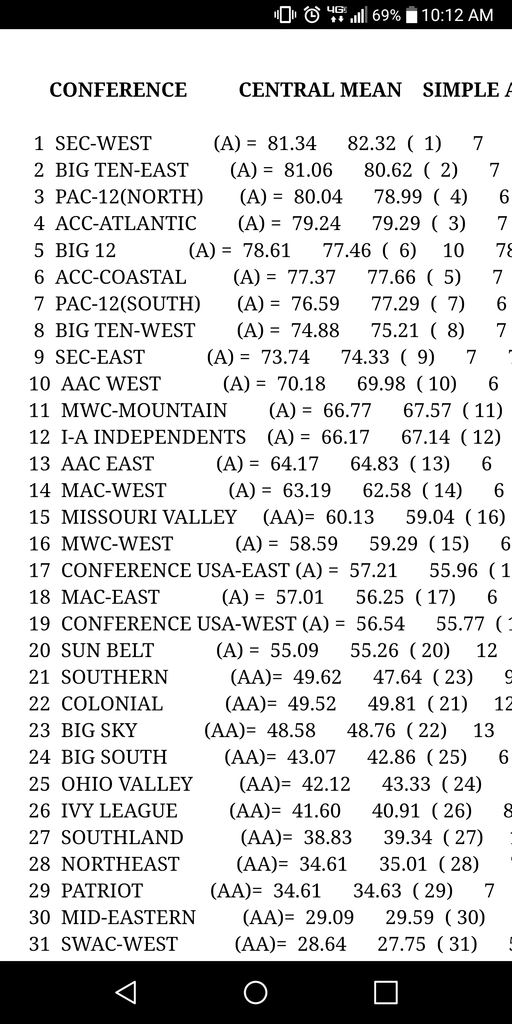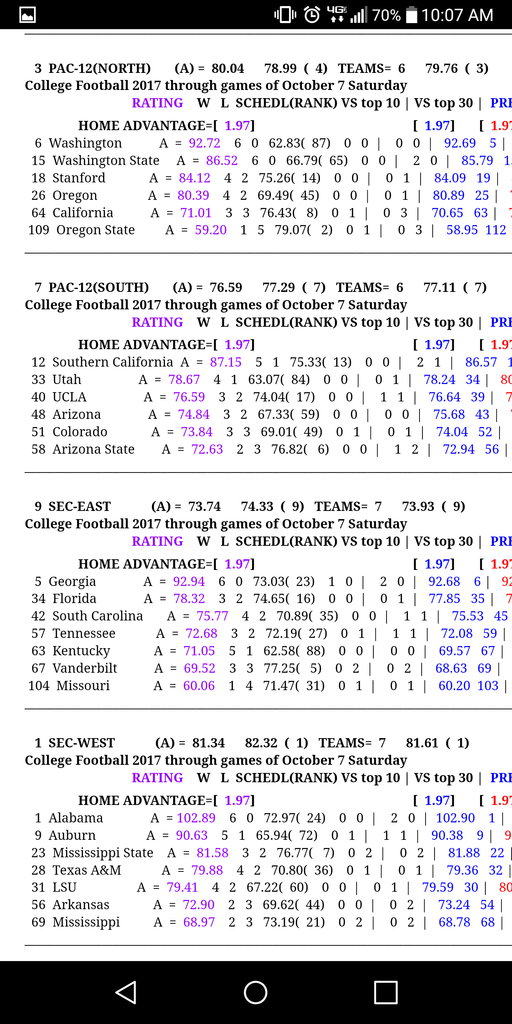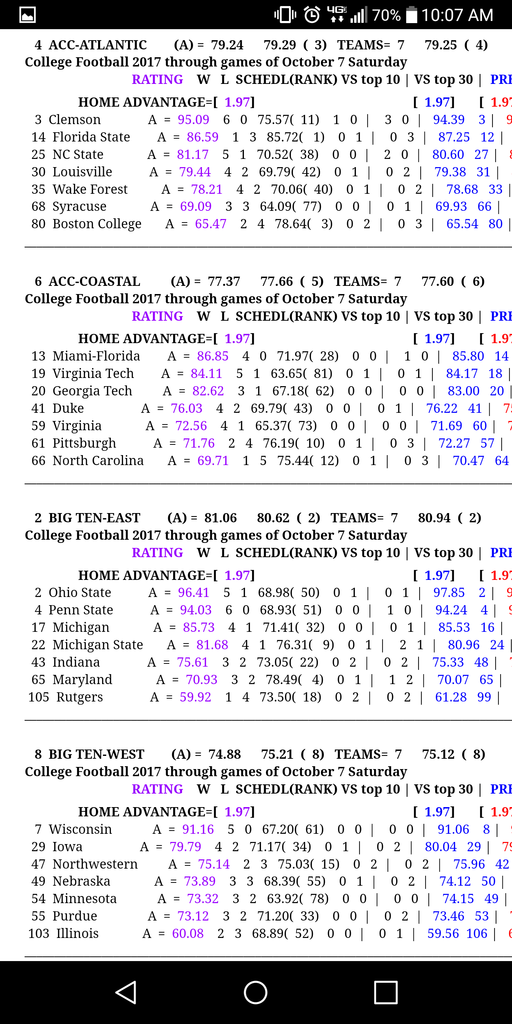Welcome to the Hardcore Husky Forums. Folks who are well-known in Cyberland and not that dumb.
Sagarin ratings

2001400ex
Member Posts: 29,457
Comments
-
I don't understand maff.
-
Stats are for loosers.
-
Stats are for losers. How does one understand this fucking #? I have no fucking idea what i am looking at
-
Cupcake footage is for losers.
-
fuck you and your 53secDennis_DeYoung said:Stats are for loosers.
-
I know you are being sarcastic. But I would call these hypotheticals, not stats.Dennis_DeYoung said:Stats are for loosers.
-
Cal had 68 yards of offense before their last drive. SIXTY EIGHT. SIX EIGHT.2001400ex said:
I know you are being sarcastic. But I would call these hypotheticals, not stats.Dennis_DeYoung said:Stats are for loosers.
-
If you had a gun to my head, I couldn't name the ACC Coastal or whatever it's called.
-
-
We don't deal in hypotheticals.Dennis_DeYoung said:
Cal had 68 yards of offense before their last drive. SIXTY EIGHT. SIX EIGHT.2001400ex said:
I know you are being sarcastic. But I would call these hypotheticals, not stats.Dennis_DeYoung said:Stats are for loosers.








